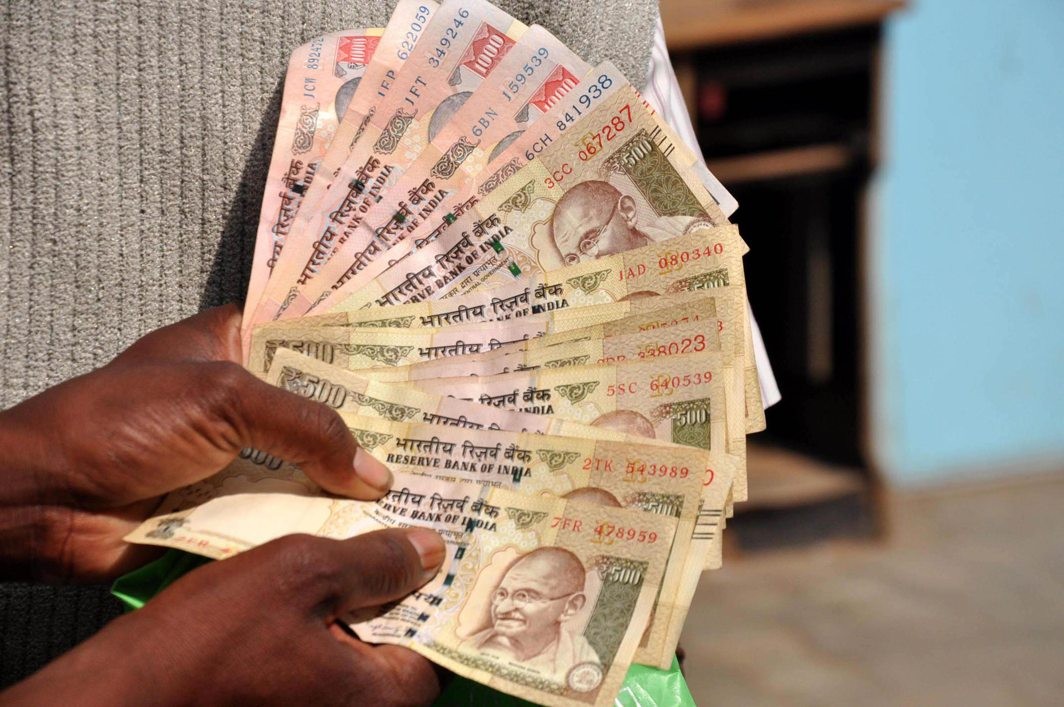The Supreme Court on Monday upheld demonetisation by 4:1 majority, with most of the justices holding the decision to be legal.
The five-Judge Constitution Bench headed by Justice S. Abdul Nazeer rejected the 58 petitions challenging the Union government’s 2016 decision to demonetise Rs 500 and Rs 1000 currency notes, while observing that the decision, which was taken by the Executive’s Economic Policy, cannot be reversed now.
Justice B.R. Gavai, Justice A.S. Bopanna and Justice V. Ramasubramanian agreed to the verdict. However, Justice B.V. Nagarathna dissented to hold that the November 8, 2016 notification was unlawful.
As per Justice Nagarathna, “Legislation made in secrecy is an ordinance. The Centre’s powers are vast for the demonetisation of all currency and must be exercised only through plenary legislation and not just a gazette notification.”
She said the judgement proposed by Gavai J did not recognise that Act did not envisage initiation of the demonetisation of banknotes by the Central government.
Calling Parliament as a nation in miniature, Justice Nagarathna said the views of Parliament on demonetisation were critical and of utmost importance.
If demonetisation was to be initiated by the Centre, such power had to be derived from Entry 36 of List I, which spoke of currency, coinage, legal tender, and foreign exchange.
“My views on each of the questions are different from the response framed by Justice Gavai. When the proposal for demonetisation originates from the Central Government, it is not under Section 26(2) RBI Act. It is to be way of legislation, and if secrecy is needed, then by way of an Ordinance.
“As per Section 26(2), the proposal for demonetisation to emanate from the central board of the RBI. Demonetisation of all series of notes at the instance of Central Government is a far more serious issue than the demonetisation of particular series by the bank. So, it has to be done through legislation than through executive notification.
“The record demonstrates there was no independent application of mind by the RBI. There was no time for the bank to such an independent application of mind.
The action of demonetisation initiated by the Central Government as per Nov 8, 2016 notification is unlawful. But status quo ante cannot be restored at this point of time. What relief can be given now? Relief needs to be moulded. The problems associated with demonetisation make one wonder whether the Central Bank had visualised these,” she added.
As per Justice Nagarathna, the measure was well-intentioned and well thought of. It targeted evils such as black money, terror funding and counterfeiting. The measure was declared unlawful purely on legal grounds and not on the basis of objects.
She said, “Demonetisation of all currency notes of Rs 500 and Rs 1000 was unlawful and vitiated. However, having regard to the fact that the notification has been acted upon, this declaration of law will act only prospectively and will not affect actions already taken. Hence, no relief is being given in the petitions.”


